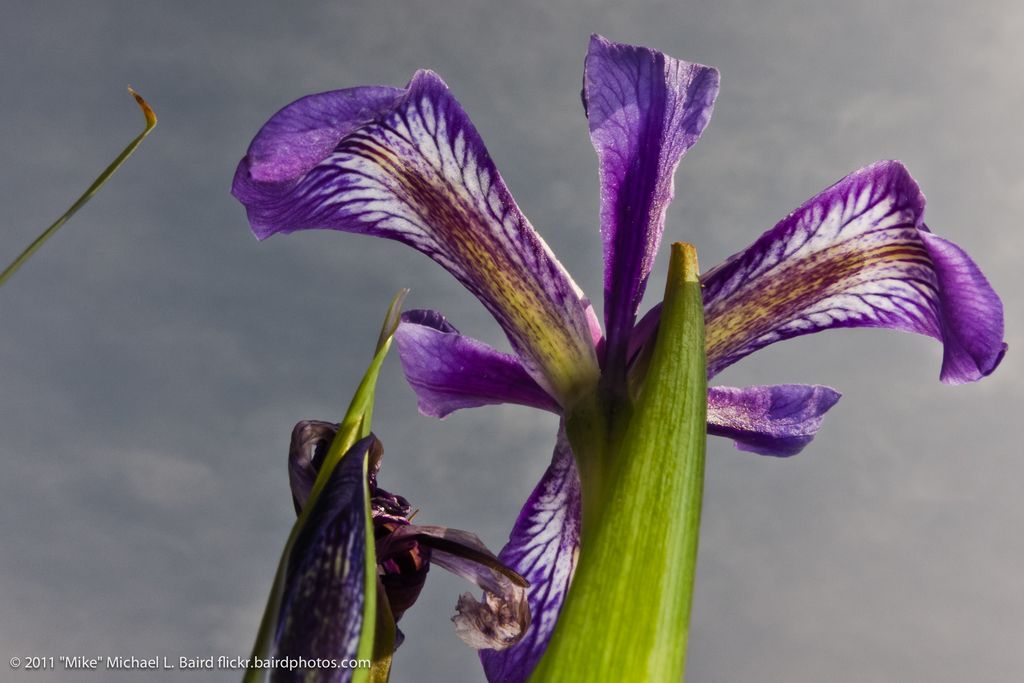Australia's challenging flu season this winter could potentially pose difficulties for the US this coming winter, especially considering the ongoing COVID-19 situation. The severe flu season experienced by Australia, with its season usually lasting from April to October, can offer insights into how the flu might unfold in the Northern Hemisphere, specifically the winter months in the US.
In 2022, Australia confronted one of its worst flu seasons in five years. According to official government reports, the number of reported cases almost tripled compared to the average in the same period and peaked around two months earlier than usual. New Zealand also reported higher-than-average rates of flu-like illnesses this year than in the previous two years.
Dr. Anthony Fauci, Director of the National Institute of Allergy and Infectious Diseases, warned against disregarding such developments. "The flu season in the Southern Hemisphere is quite significant and is occurring early. As we've learned over many years, the flu can indeed be quite severe, particularly when the season is rough," he said to Bloomberg News.
In light of this, there's a risk of a flu resurgence in the US as COVID-19 continues to intensify, according to Fauci. According to the latest government models, COVID-19 is expected to reach its peak again by early December. This would make it the first winter in which the US would face simultaneous transmission of both respiratory viruses, a scenario that public health experts have warned about since the beginning of the pandemic.
The absence of the flu during the beginning of the COVID-19 pandemic in early 2020, when stringent public health measures like quarantines, social distancing, and mask-wearing were implemented, can account for its temporary disappearance. When the public began returning to normal activities, however, the number of flu cases started increasing, but they have not yet reached pre-pandemic levels.
Jennifer Nayak, a pediatric infectious diseases specialist at the University of Rochester Medical Center, pointed out that due to the mild flu seasons that have occurred sequentially, it's likely that the population's immunity level is lower compared to the start of a typical flu season. Moreover, most school-aged children are no longer required to wear masks, and many adults either refuse to wear masks or avoid crowded spaces.
These factors imply that the likelihood of a flu outbreak this year is potentially higher. The Centers for Disease Control and Prevention (CDC) suggests that almost 50% of Americans did not receive a flu vaccine during the previous season, and in some high-risk groups, such as pregnant women and children, vaccination rates have dropped.
In response, the US government will launch a campaign this fall that encourages people to receive both the flu vaccine and a COVID-19 booster shot. However, researchers wonder how these messages will resonate with a pandemic-weary populace. "We will have to wait and see how these messages affect our flu vaccination rates," said Nayak.
While the possibility of a harsh flu season in the US remains uncertain, healthcare facilities, which are still dealing with COVID-19 and its effects, face the potential of managing dual respiratory virus outbreaks. The flu is not a new threat; seasonal flu outbreaks represent a significant burden on society, and health experts hope to mitigate this burden.








